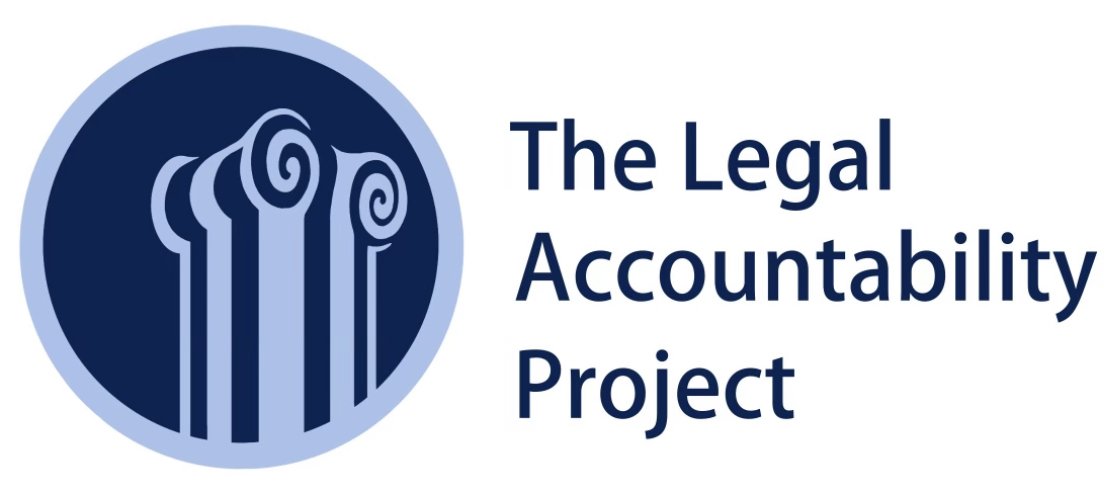Recent Report Highlights Flaws in Internal Federal Judiciary Dispute Resolution Processes and Need for Reform
Tuesday, July 23 2024
For Immediate Release
Contact: Aliza Shatzman, 267-481-2095, aliza.shatzman@legalaccountabilityproject.org
Recent Report Highlights Flaws in Internal Federal Judiciary Dispute Resolution Processes and Need for Reform
The July 2024 Federal Judicial Center/National Academy of Public Administration report assessing the effectiveness of the Employee Dispute Resolution (EDR) Plan underscores what The Legal Accountability Project (LAP) has been saying for several years: EDR is fundamentally flawed, lacking in oversight, impartial administration, transparency, standardization, metrics for success, best practices, and accountability.
“This is yet another example in a long line of evidence this year that the judiciary cannot and should not self-police, given judges’ unwillingness to impartially judge their colleagues,” said LAP’s President Aliza Shatzman.
The Report, “Enhancing Efforts to Coordinate Best Workplace Practices Across the Federal Judiciary,” was undertaken pursuant to a House Committee Recommendation to the Consolidated Appropriations Act of 2023. It was tasked with four goals, according to the Report:
“Assessing: (1) how the Model Employment Dispute Resolution (EDR) plans have been implemented in the courts and employing units; (2) how the EDR plans’ resolution processes have been working, and how they can best be monitored and evaluated; (3) the nature and level of educational and outreach efforts; and (4) whether workplace information on judiciary websites is complete, helpful, and accessible.”
EDR is the internal dispute resolution process whereby mistreated law clerks can seek reassignment to another judge for the remainder of the clerkship. Redress is limited, as monetary remedies are not available. And it’s a byzantine complaint process that’s stacked against clerks. Fellow judges in the courthouse where the complainant clerk and respondent judge work are tasked with investigating and potentially disciplining their colleagues, which they have historically been loath to do.
And unlike a workplace investigation pursuant to Title VII of the Civil Rights Act of 1964, where the onus is on the employer to ensure employees’ rights are protected, in EDR, it’s the reverse: law clerks (recent law graduates) must navigate the process to enforce their rights themselves. They often need to hire attorneys, which is challenging and expensive, since monetary remedies are not available in EDR.
“Law clerks and attorneys who’ve participated in EDR have characterized the process as a ‘kangaroo court,’ lacking ‘even the appearance of impartiality or due process,’ Shatzman said.
Importantly, for federal law clerks and public defenders, EDR is their only option, since the entire federal judiciary - more than 30,000 employees - are exempt from Title VII of the Civil Rights Act. Judiciary employees who are harassed, terminated, or retaliated against cannot sue and seek damages for harms done to their careers, reputations, and future earning potential.
The FJC/NAPA report found the following areas of EDR to be lacking:
NO OVERSIGHT: EDR relies on the "good character" of individuals, rather than enforceable oversight and data-supported metrics for success.
• No one entity is tasked with overseeing the systems that prevent or confront misconduct, the investigation of cases, preventative training, and preventative measures.
• There's no comprehensive plan, nor are audits or data collection required, to monitor and evaluate the effectiveness of EDR Plans.
• Neither employees nor judges are required to attend EDR or preventative measures training.
LACK OF TRANSPARENCY, DATA, AND SHARING BEST PRACTICES
• No data collection is required for Informal Advice, the most-used process to address workplace harassment and misconduct.
• Insufficient confidential reporting tools exist.
• There’s no standardization of materials or formal sharing of best practices.
• A national policy for publishing the final decisions of EDR cases is needed.
• The Judiciary requires each court to have an EDR Plan and to post relevant information on its websites for employees to know their rights, yet only 26% of public judiciary websites fulfill all the requirements, and 11% of websites have no workplace conduct information at all.
• Even judges believe EDR's Presiding Judicial Officers (PJOs) should be from other circuits, as judges are “unwilling to sit in judgment of their colleagues.”
LACK OF RESOURCES AND SUPPORT
• Additional resources are needed to monitor and evaluate these systems.
• The judge/law clerk relationship is uniquely sensitive, and structural power imbalances need to be addressed.
• The national model EDR Plan does not provide PJOs with proper guidance on the rights of parties involved in disputes, which may lead to inconsistencies and diminishment of employee and judge rights.
• Monetary damages should be added to encourage employees and judges to report.
It is beyond time for the federal judiciary to take these problems seriously. This Report was released just days after former Alaska federal judge Joshua Kindred resigned in scandal.
“Sweeping reform and real accountability are urgently necessary,” Shatzman said.
The Report also outlines several areas for reform, all of which LAP has advocated for: meaningful oversight, data collection and transparency, metrics for success, standardization of processes across circuits, and implementation of monetary remedies.
LAP urges the federal judiciary to implement these reasonable recommendations right now. Change has never been more urgent.

